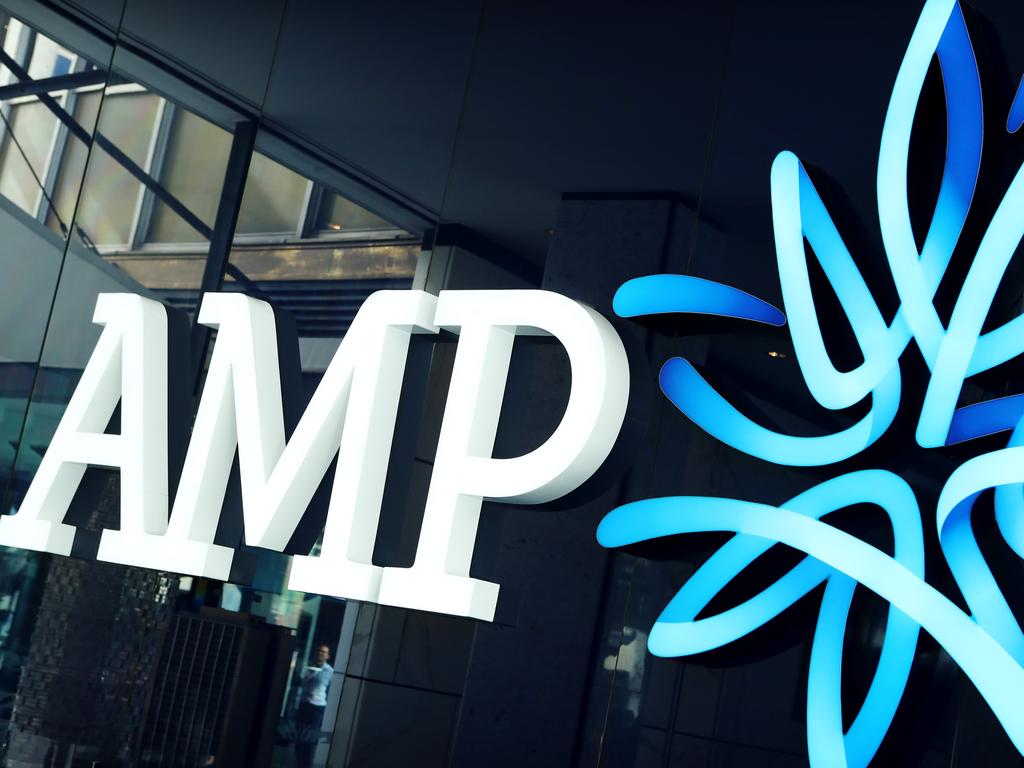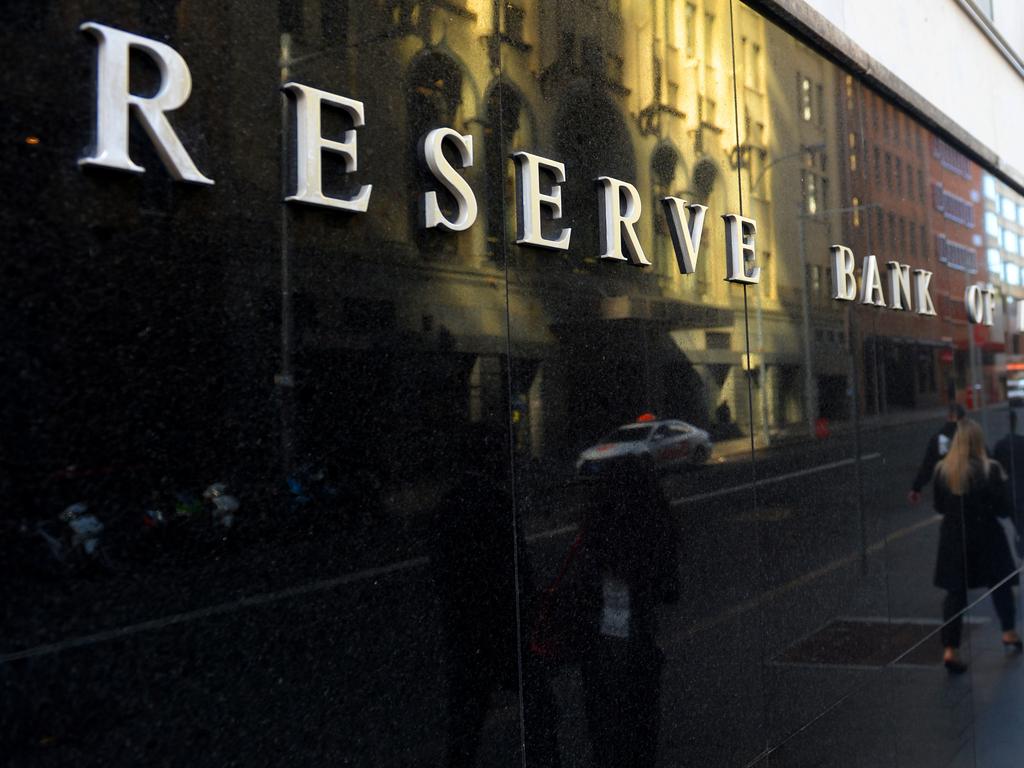Lukewarm response to Morrison’s gas hub proposal
The Morrison government is proposing a beefed-up gas hub at Wallumbilla which aims to provide more price transparency and better match the needs of buyers and sellers.

A proposal to emulate the US Henry Hub gas facility in Australia by expanding the existing Wallumbilla facility in Queensland faces a raft of hurdles, given Australia’s smaller market, and may add little in benefits, its critics say.
The Morrison government is proposing a beefed-up gas hub at Wallumbilla which aims to provide more price transparency and better match the needs of buyers and sellers to trade and move gas around the east coast network.
“Transparent pricing and greater pricing certainty is needed so end-users can contract the volumes they need for the future, and so upstream producers can invest with confidence that there will be demand for their gas. It’s a two-way street,” Prime Minister Scott Morrison said in a speech on Tuesday. “Government can create the conditions for an open and transparent trading hub, and act as an honest broker to match supply and demand.”
However, experts have questioned the ambition and raised concerns over whether Australia’s much smaller market is an appropriate fit to try and replicate the giant US Henry Hub system.
“Major gas supply hubs in the US and Europe work because they are part of large gas markets with 89 trillion cubic feet a year, in the case of the US, compared with 0.6 trillion cubic feet a year for eastern Australian domestic gas,” EnergyQuest chief executive Graeme Bethune said.
Credit Suisse said the current Wallumbilla gas supply hub spot market represented less than 5 per cent of gas sales ex-Queensland.
“We doubt a Henry Hub-like hub can be achieved in Australia absent a government mandate, given market depth and structural constraints,” Credit Suisse analyst Saul Kavonic said.
“We also doubt a hub would achieve any material benefit for market participants beyond price transparency — which isn’t really the core issue for manufacturing.
“A more liquid hub could be mandated by government via various means, but the unintended risks this could pose for long-term supply security could easily outweigh the modest benefits a hub may present in a market the size of eastern Australia.”
Energy giant Shell said the proposal might have merit, but may hinge on a shift among buyers to spot rather than the current preference for contractual volumes.
“Some customers may be interested in greater exposure to spot pricing instead of term contracts, and greater liquidity could improve their confidence in spot supply,” Shell’s Australian chairman Tony Nunan said.
“Increasing liquidity on the existing domestic trading hubs would create greater linkages and transparency between international spot market prices and the domestic spot market. We’re pleased to work with government and customers on this proposal.”
The centralised gas hub concept has been touted for some time by former Dow boss Andrew Liveris, who advised the government’s National Covid Coordination Commission on how manufacturing could help lift the economy out of the pandemic.
One comparatively easy fix to boost transparency would be for the competition regulator to speed up its publication of gas bid and offer prices which it was already collecting in the market, EnergyQuest said.
“One of the impediments to an efficient east coast gas market is the absence of timely information about gas contract bid and offer prices,” Mr Bethune said.
“The data in the latest ACCC gas report is six months out of date. This is like prices on the ASX being for six months ago. The ACCC continually monitors contract prices and publishing these monthly rather than six months in arrears could be done easily and would boost market transparency.”
MST Marquee said the Henry Hub model may struggle in Australia, though it is supportive of adding more supply to the east coast market.
“The Australian domestic market is a fraction the size of the US market and Henry Hub is only where it is because of the liquids — gas is a by-product really,” MST Marquee analyst Mark Samter said.





To join the conversation, please log in. Don't have an account? Register
Join the conversation, you are commenting as Logout